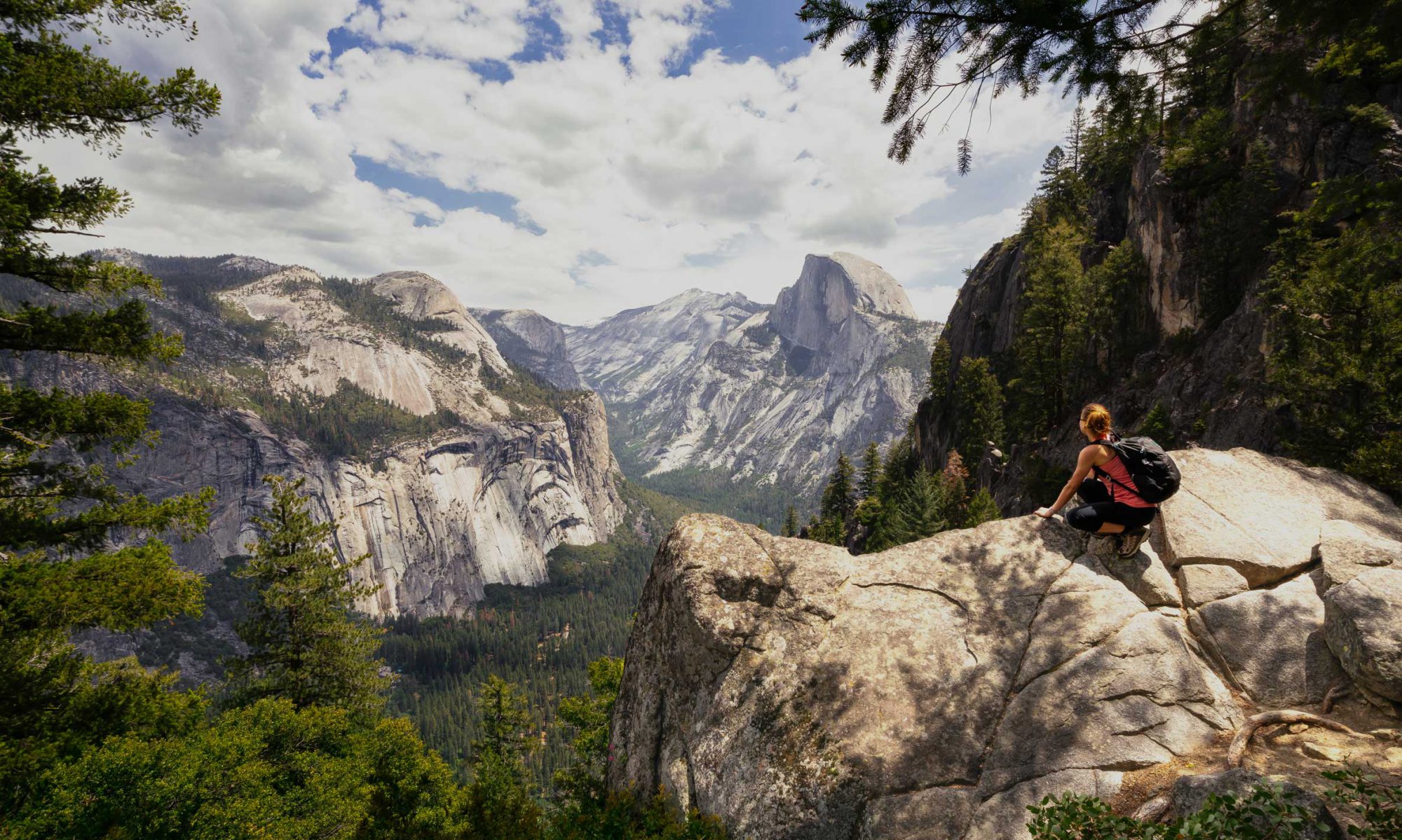Professor Erin Calderone answers this burning question.
I think I may have an injury but am not sure. Should I work out?
If you’ve been training for a while, you’re probably no stranger to the next-day aches and pains you incur from attempting a new lift or hitting a new max. But sometimes pain appears out of nowhere, and in these instances, you should stop and assess your situation. Pain signals — no matter what the severity — are your brain’s way of telling you to put on the brakes to prevent further damage.
Here are some questions to help you determine whether you have an injury, what to do if you have incurred one and what you can do in the meantime to avoid a complete physique meltdown.
How long have I felt the pain, and what does it feel like?
Think back to recent training sessions and try to determine when it started. Was there a specific movement or exercise that may have caused it, or has it been slowly building over time?
A strain such as pulling a muscle often feels like a knot or excessive soreness if you move that joint or stretch that muscle. A sprain — aka a partial tear — feels like a sharp twinge, such as when you roll your ankle, and it may come with swelling and stiffness. With a severe injury like a full tear, you will likely hear and/or feel a pop in the area, which is usually accompanied by swelling. In those cases, it’s time to call the doc. You also should visit your M.D. if you are experiencing numbness, burning or tingling (indicative of nerve pain), pain deep in the joint (as opposed to in an adjacent muscle) or super-severe pain that keeps you from moving that limb or putting weight on it entirely.
When do I feel it?
If you feel pain only when the affected muscle is stretched and/or contracted, you are probably just sore from training or have incurred a minor muscle strain. If the pain persists and is consistently dull, throbbing or sharp — even when you’re not moving — there could be something else going on. Have it looked at to rule out a more severe injury.
How can I heal it?
Obviously, the first thing to do is to avoid the movement pattern that caused the injury until the pain subsides. For minor injuries like strains and sprains, you should rest the area for six to eight weeks and avoid any aggravating movement patterns. You should notice a reduction in pain within the first week. In the meantime, work on strengthening and mobilizing the area to help prevent the injury from reoccurring. For example, many hamstring strains occur when doing a Romanian (stiff-legged) deadlift because the hamstrings are stretched at both the hip and the knee. Here, optimize hip mobility with foam rolling, yoga and dynamic stretches like leg swings or walking lunges. Strengthen your glutes with bridging moves and your hamstrings with stability-ball curls. And, of course, for major injuries, follow the directions of your doc.
What kind of rest does it need?
Minor injuries need three to four days of complete rest and you can use ice or heat or both as needed to reduce pain. But this time frame is absolutely not written in stone, and in reality, you have to listen to your body. Forcing your body to work while injured can cause a change in your muscle activation sequences, which in turn can cause altered joint positioning and movement patterns. This can then then affect other joints or even make the original injury worse. A minor injury can become chronic when you try to push through the pain rather than allowing it time to heal. So if after four days you’re still in pain, by all means give it more rest or go see your doctor.
Can I still exercise?
You can certainly exercise in ways that won’t aggravate the injury or stress that particular joint or muscle group. For instance, if you feel a twinge in your knee, you can still train legs with exercises that emphasize the glutes such as hip thrusts or fire hydrants. Shoulders are trickier because they move in so many directions, so first identify any movements or positions that cause pain, then avoid those moves for a couple of weeks.
Remember, however, that these exercise substitutions and workarounds are not the same as corrective exercises, which help negate muscle imbalances and prevent future injuries. The workaround will definitely keep you active while giving that area time to heal, and once the pain dissipates, you can work on re-establishing your mobility and strengthening the stabilizing muscles to prevent a reoccurrence.
The take-away here is to listen to your body. Even minor aches and pangs are messages from your brain that your body needs a break. If the pain is severe or persists for more than a couple of weeks, pony up the copay and go see your doc. Even superhumans need help sometimes.
Written by NASM Master Trainer for Oxygen Magazine and legally licensed through the Matcha publisher network. Please direct all licensing questions to legal@getmatcha.com.
Featured image provided by Oxygen Magazine





































